Reno, Nev., USA: By investigating dental plaque from skeletons buried in a Spanish cathedral, researchers from the USA have found a new way to gain information about the diet of ancient peoples. Their method could be a useful alternative to common research methods of this kind, usually conducted on bone, hair, muscle or nails.
The research was conducted by G. Richard Scott, associate professor and Chair of the department of anthropology in the College of Liberal Arts, and Simon R. Poulson, research professor of geological sciences in the Mackay School of Earth Sciences and Engineering, both at the University of Nevada, Reno.
Scott obtained samples of dental calculus from 58 skeletons buried in the Cathedral of Santa Maria located in the city of Vitoria-Gasteiz in northern Spain. The skeletons date from the 11th to 19th centuries. After his initial methodology obtained mixed results, Scott sent five samples of dental calculus to Poulson at the university's Stable Isotope Lab, on the off-chance they might contain enough carbon and nitrogen to allow them to estimate stable isotope ratios.
At the lab, the material was crushed and an instrument called a mass spectrometer was used to obtain stable carbon and nitrogen isotope ratios.
"It's chemistry and is pretty complex," Scott explained. "But basically, since only protein contains nitrogen, the more nitrogen that is present, the more animal products were consumed as part of the diet. Carbon provides information on the types of plants consumed."
According to Scott, no one really thought there would be enough carbon and nitrogen in the tiny 5 to 10 milligram samples to be measurable. However, the lab results yielded stable carbon and nitrogen isotope ratios very similar to studies that used bone collagen, which is the typical material used for this type of analysis.
Scott explained that the common practice of using bone to conduct such research is cumbersome and expensive, requiring several acid baths to extract the collagen for analysis. The process also leads to the destruction of the bone. So in many instances, it is not permitted by museum curators.
Research is also conducted on samples of hair, muscle and nails. "They are great, when you can find them. The problem is, they just don't hold up very well. They decompose too quickly. Dental calculus, for better or for worse, stays around a very long time," Scott explained.
He said that although additional work is necessary to firmly establish this new method of using dental calculus for paleodietary research, the results of this initial study indicate that it holds great potential.
"This is groundbreaking work," Scott said. "It could save a lot of time and effort, and also allow for analysis when things like hair, muscle and nails are no longer available."
MEDFORD, Mass., US: Stress can present as a wide range of physical, emotional and social symptoms, such as irritability, headache, anxiety and elevated ...
BINGMANTON, NY, USA: Eight small teeth found in an Israeli cave raise big questions about the earliest existence of humans and where we may have originated,...
NEW YORK, N.Y., USA: DNA preserved in calcified bacteria on the teeth of ancient human skeletons has shed light on the health consequences of the evolving ...
What do your patients really think? Many dentists believe they know the answer to that question, but few could back up their beliefs with hard numbers, data...
MIAMI, US: Yomi, a robot-assisted surgical device developed by the healthcare start-up Neocis, gained FDA clearance for general dental implant procedures in...
PITTSBURGH, PA, USA: Researchers at the University of Pittsburgh School of Dental Medicine are piecing together the process of tooth enamel ...
LEIPZIG, Germany: The oldest known skeleton showing signs of leprosy has been recently found in India and may help unravel the myth of where the disease ...
To date, dental CAD/CAM systems have primarily focused on creating only one specific type of fixed restoration — zirconia copings. As the digital ...
The plaque biofilm is the cause of the two most common oral diseases — caries and periodontal disease. In an interview with Dental Tribune, Dr Fotinos...
PITTSBURGH, US: A new US$17 million research initiative led by the University of Pittsburgh is set to revolutionise understanding and treatment of ...
Live webinar
Wed. 14 January 2026
12:00 PM EST (New York)
Dr. Théo Laplane, Dr. Robert Gottlander DDS
Live webinar
Fri. 16 January 2026
12:00 PM EST (New York)
Live webinar
Mon. 19 January 2026
1:00 PM EST (New York)
Philipp Kopp, Michael Seeber
Live webinar
Thu. 22 January 2026
9:00 AM EST (New York)
Prof. Judith Jones D.D.S; M.P.H., Prof. Kakuhiro Fukai D.D.S., Ph.D, Dr. Bathsheba (Bethy) Turton
Live webinar
Thu. 22 January 2026
2:00 PM EST (New York)
Dr. Nicola M. Grande DDS, PhD
Live webinar
Wed. 28 January 2026
8:00 AM EST (New York)
Live webinar
Wed. 28 January 2026
11:00 AM EST (New York)
Prof. Dr. Jan-Frederik Güth



 Austria / Österreich
Austria / Österreich
 Bosnia and Herzegovina / Босна и Херцеговина
Bosnia and Herzegovina / Босна и Херцеговина
 Bulgaria / България
Bulgaria / България
 Croatia / Hrvatska
Croatia / Hrvatska
 Czech Republic & Slovakia / Česká republika & Slovensko
Czech Republic & Slovakia / Česká republika & Slovensko
 France / France
France / France
 Germany / Deutschland
Germany / Deutschland
 Greece / ΕΛΛΑΔΑ
Greece / ΕΛΛΑΔΑ
 Hungary / Hungary
Hungary / Hungary
 Italy / Italia
Italy / Italia
 Netherlands / Nederland
Netherlands / Nederland
 Nordic / Nordic
Nordic / Nordic
 Poland / Polska
Poland / Polska
 Portugal / Portugal
Portugal / Portugal
 Romania & Moldova / România & Moldova
Romania & Moldova / România & Moldova
 Slovenia / Slovenija
Slovenia / Slovenija
 Serbia & Montenegro / Србија и Црна Гора
Serbia & Montenegro / Србија и Црна Гора
 Spain / España
Spain / España
 Switzerland / Schweiz
Switzerland / Schweiz
 Turkey / Türkiye
Turkey / Türkiye
 UK & Ireland / UK & Ireland
UK & Ireland / UK & Ireland
 International / International
International / International
 Brazil / Brasil
Brazil / Brasil
 Canada / Canada
Canada / Canada
 Latin America / Latinoamérica
Latin America / Latinoamérica
 China / 中国
China / 中国
 India / भारत गणराज्य
India / भारत गणराज्य
 Pakistan / Pākistān
Pakistan / Pākistān
 Vietnam / Việt Nam
Vietnam / Việt Nam
 ASEAN / ASEAN
ASEAN / ASEAN
 Israel / מְדִינַת יִשְׂרָאֵל
Israel / מְדִינַת יִשְׂרָאֵל
 Algeria, Morocco & Tunisia / الجزائر والمغرب وتونس
Algeria, Morocco & Tunisia / الجزائر والمغرب وتونس
 Middle East / Middle East
Middle East / Middle East

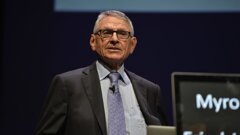




























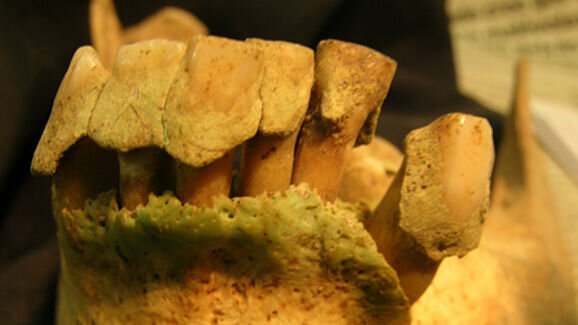




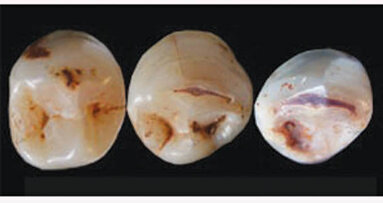
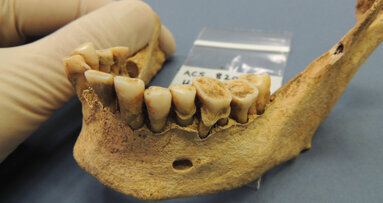
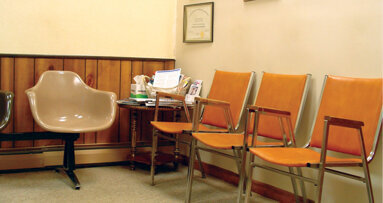
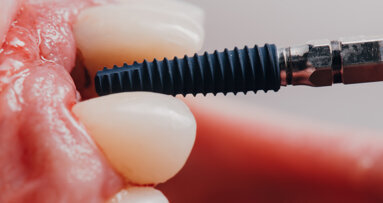


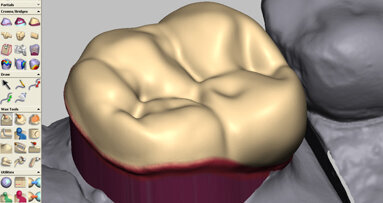
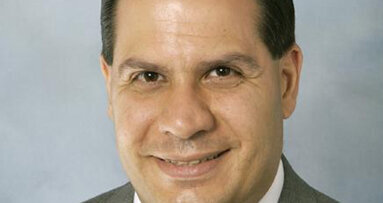
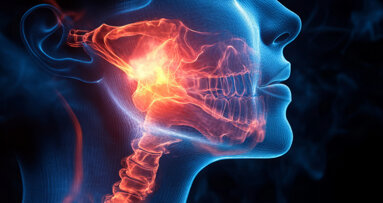

















To post a reply please login or register